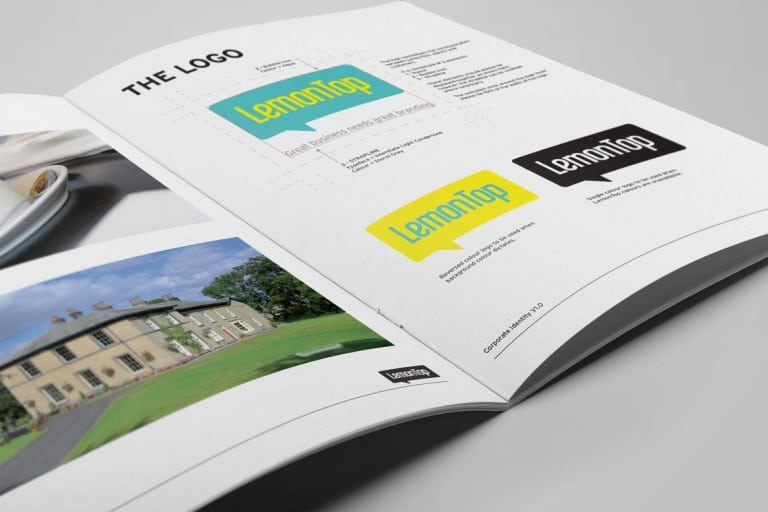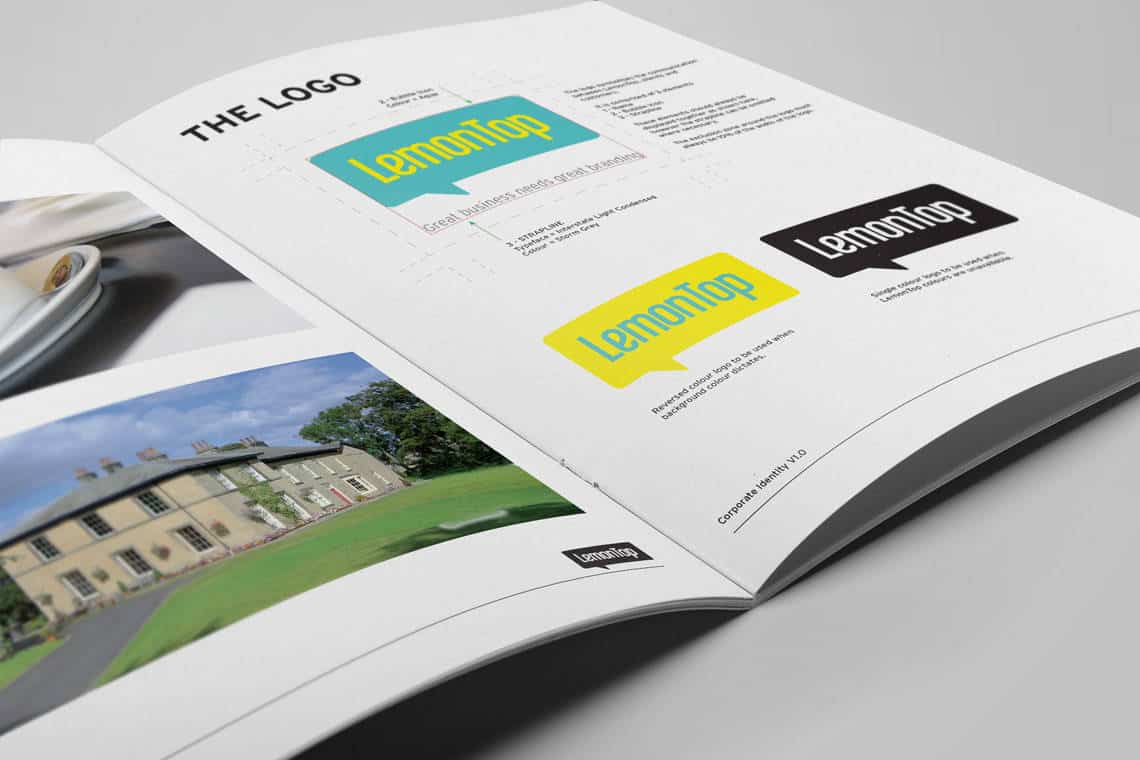All businesses, from SMEs to global giants such as Apple, need a set of brand guidelines to ensure that no matter where your branding appears, it is consistent and regulated, and people know there’s a correct way to display it. Brand guidelines establish the image, tone of voice and personality of your business, and dictate how your customers, employees and investors view your company.
Building brand guidelines from the beginning.
Brand Guidelines outline your company philosophy and determine the basis for all company interactions. They establish the rules for creating and bringing together an identifiable company image. These rules encompass everything from logo colours and how they should be used to promotional literature, advertising, design and even how you should use a social media strategy.
Your logo is the basis of your Brand Guidelines.
While your Brand Guidelines portray your identity as a whole, your logo is usually where it all starts. Once you have your company logo, it is vital to maintain its consistency. It is the foundation of your identity so keeping it consistent and regulated is essential in successfully communicating your company message. Building brand guidelines allow you to outline things such as colours, placement, size and surrounding white space.
Typefaces and fonts
Whether it’s for print or digital applications, all typefaces and fonts should have a defined style with a distinct set of rules on how and where to use them including font size and colour. Before you commit to a typeface, always ensure it has the same look and feels when using different media e.g. how does it look on the website as opposed to on your company brochure. Ideally, you should limit the use of different typefaces so as not to dilute the look and feel of your identity, however, many companies select a complementary typeface for use in big headlines or bold statements.
Colours
One of the most important aspects of your building brand guidelines is your colour palette. Think of EasiJet’s bright orange aeroplanes or your favourite football team’s kit. These are both examples of colours that brands rely on just as much as their logo or typographic style. Your Brand Guidelines should outline how, where and when these colours should be used. They should differentiate between different colours, for example, which are to be used for text as opposed to background colours. They should also let you know which colours can be used for tints and indeed what percentage of the colour is acceptable. One of the essential things your Brand Guidelines should do is clearly define each colour by name and colour value to ensure consistent colours. Create each colour with values for print (CMYK), digital projects (RGB, HEX) and also remember to match these colours with a Pantone colour.
Images
Whether you use photography, illustrations or simple visual graphics, when building brand guidelines you should define the style for any images used by your company. It should detail the personality, tone and character that the images should portray and let you know what styles, subjects and colours are acceptable. For example, many sports companies use vibrant, close-cropped and motivational images, in contrast to travel companies who use a much more relaxed, panoramic style of image.
Tone of Voice
Anything you write down, whether in company literature, advertising or even part of your social media strategy, should be governed by the “Tone of Voice” rules in your Brand Guidelines. They should outline acceptable words and language which match your brand’s philosophy. When creating these rules, think about how you want people to interact with your company, and which words and phrases sum up your company’s personality. Being consistent with your tone of voice will help customers identify and be comfortable with your brand and will allow them to create a personal association with your company.
Remember
Building brand guidelines should create a culture that people want to buy into. When creating a set of Brand Guidelines, remember that the document is a reference and guide for how the company should be portrayed to customers, employees and investors alike. Make sure they are easy to use and understand, not too restrictive but disciplined enough to maintain an identity you are proud of. Above all remember that the aim of the Brand Guidelines is to create a unique and unified presence for the personality and philosophy of your brand.
Take a look at Hubspot’s brand guidelines as an example




